f1 hybrid pumpkin bheema seeds
Description
Pumpkins do require a lot of food and a long growing season (generally from 75 to 100 frost-free days) so you need to plant them by late May in northern locations to early July in extremely southern states.
Pumpkins can be made into sweet or savory dishes, their seeds are healthy and fun to roast, and they serve as beautiful, bright fall decorations. Growing pumpkins is easy and inexpensive since they thrive in many different regions.
Scientific name: Cucurbita pepo L.
Family: Cucurbitaceous
Pumpkin is an annual plant with short cycle grown commonly in the tropics between March and June.
- Lifecycle: annual
- Ease-of-care: easy, If you have plenty of space, good soil and a long enough growing season, pumpkins are easy to grow.
- Height: 1.5 to 3 feet
- Spread: 5 to 15 feet
- Shape: low and trailing, climbing / vine
Pumpkins are easy to maintain if you have the space.
Growing Information
Sunlight: full sun
Soil conditions: requires well-drained soil, requires high fertility. Prefers well-drained, fertile, loose soil, high in organic matter with pH between 5.8 and 6.8. Plentiful and consistent moisture is needed from the time plants emerge until fruits begin to fill out.
Germination temperature: 60 F to 105 F – Will not germinate in cold soil. Wait to plant until soil reaches at least 65 F — preferably 70 F or more. Germinates best at 95 F.
Days to emergence: 5 to 10 – Should germinate in less than a week with soil temperature of 70 F and adequate moisture.
Planting
- If your growing season is very short, you'll need to start pumpkins ahead and seed indoors in peat pots about 2 to 4 weeks before last spring frost. (If you want pumpkins for Halloween but live in a colder climate, this may be your best bet.) Harden off seedlings before transplanting outdoors.
- The soil must be thoroughly warmed. Optimal soil temperature for germination is 60° to 65ºF. Pumpkins are very sensitive to the cold.
- Pick a site with full sun (to light shade).
- Pumpkins are big greedy feeders. They prefer very rich soil that is well-drained and not too soggy.
- Select a site with lots of space for the sprawling vines. Vine varieties need 50 to 100 square feet per hill.
- However, if your garden space is limited, no worries! Plant pumpkins at the edge of the garden and direct vine growth across the lawn or sidewalk. The vines will only be bothersome for a few weeks. You can also grow pumpkins in big 5 to 10 gallon buckets! Or, try miniature varieties.
- The ideal pumpkin hill is prepared in advance with an abundance of old manure dug deep into the ground (12 to 15 inches). If you don't have manure, loosen the soil and mix in a 2- to 4-inch layer of compost.
- Vine Varieties: Plant seeds 1 inch deep (4 or 5 seeds per hill). Plant hills about 5 feet apart. Rows should be about 12 feet apart. When the young plants are well-established, thin each hill to the best two or three plants.
- Bush Varieties: Plant seeds 1 inch deep, with 1 or 2 seeds per foot of row. Rows should be 6 feet apart. Thin to a single plant every 3 feet.
- Miniature Varieties: Plant seeds one inch deep, with 2 or 3 seeds every 2 feet in the row. Rows should be 6 to 8 feet apart. When the seedlings have their first true leaves, thin to the best plant every 2 feet.
Care
- Pumpkins are very thirsty plants and need lots of water. Water one inch per week. Water deeply, especially during fruit set.
- When watering: Try to keep foliage and fruit dry unless it’s a sunny day. Dampness will make rot more likely.
- Pumpkins are also greedy eaters. A regular treatment of manure or compost mixed with water will sustain good growth.
- Fertilize on a regular basis. Use a high nitrogen formula in early plant growth. Fertilize when plants are about one foot tall, just before vines begin to run. Switch over to a fertilizer high in phosphorous just before the blooming period.
- Remember that pumpkins are tender from planting to harvest. Control weeds with mulch. Do not overcultivate, or their very shallow roots may be damaged.
- Most small vine varieties can be trained up a trellis.
- Larger varieties can be trained upward on a trellis, too—though it is an engineering challenge to support the fruit—usually with netting or old stockings.
- Pinch off the fuzzy ends of each vine after a few pumpkins have formed. This will stop vine growth so that the plant's energies are focused on the fruit.
- If your first flowers aren't forming fruits, that's normal. Both male and female blossoms need to open. Be patient.
- Bees are essential for pollination, so be mindful when using insecticides to kill pests. If you must use, apply only in late afternoon or early evening when blossoms are closed for the day.
- Pumpkin vines, though obstinate, are very delicate. Take care not to damage vines, which reduces the quality of fruit.
- Pruning the vines may help with space as well as allow the plant's energy to be concentrated on the remaining vines and fruit.
- Gardeners who are looking for a "prize for size" pumpkin might select the two or three prime candidates and remove all other fruit and vines.
- As the fruit develops, they should be turned (with great care not to hurt the vine or stem) to encourage an even shape.
- Slip a thin board or a piece of plastic mesh under the pumpkins.
Harvest
- Your best bet is to harvest pumpkins when they are mature. They will keep best this way. Do not pick pumpkins off the vine because they have reached your desired size. If you want small pumpkins, buy a small variety.
- A pumpkin is ripening when its skin turns a deep, solid color (orange for most varieties).
- When you thumb the pumpkin, the rind will feel hard and it will sound hollow. Press your nail into the pumpkin's skin; if it resists puncture, it is ripe.
- To harvest the pumpkin, cut the fruit off the vine carefully with a sharp knife or pruners; do not tear. Be sure not to cut too close to the pumpkin; a liberal amount of stem (3 to 4 inches) will increase the pumpkin's keeping time.
- Handle pumpkins very gently or they may bruise.
- Pumpkins should be cured in the sun for about a week to toughen the skin and then stored in a cool, dry bedroom or cellar—anywhere around 55ºF.
- If you get a lot of vines and flowers but no pumpkins, you need more bees in your garden to pollinate the flowers. Grow some colorful flowers next to your pumpkin patch this year and you may get more bees and butterflies!
2 reviews for f1 hybrid pumpkin bheema seeds
Only logged in customers who have purchased this product may leave a review.

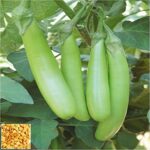
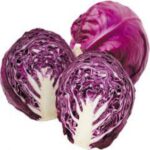

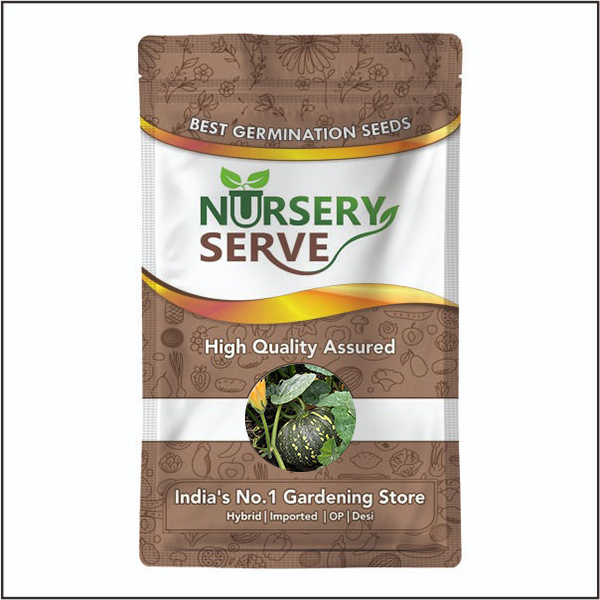
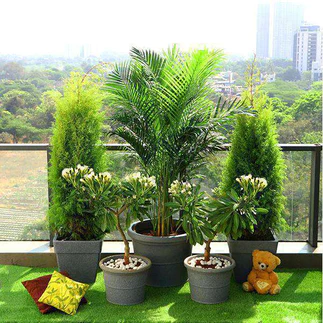
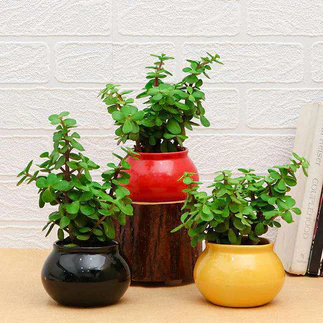
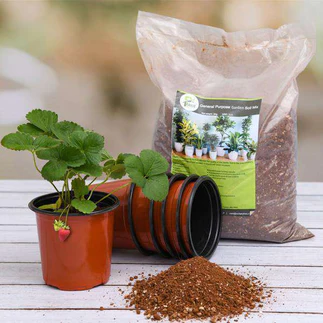
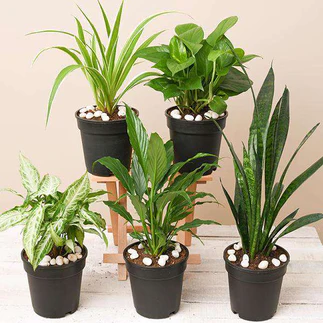
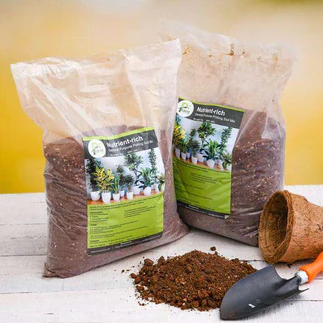
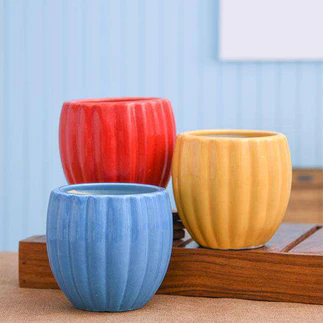
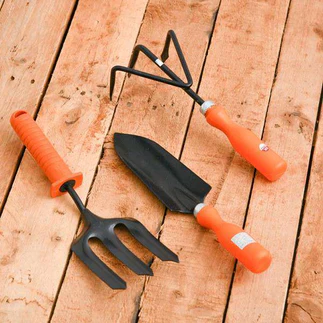
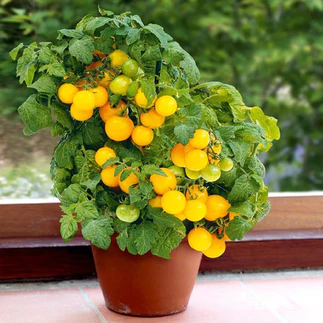
Pravasini Das (verified owner) –
Very nice ….value for money .
Sayali (verified owner) –
Very Nice and safely packed. Received without any damage. Pot and plant both are very beautiful… Go ahead without any second thought…